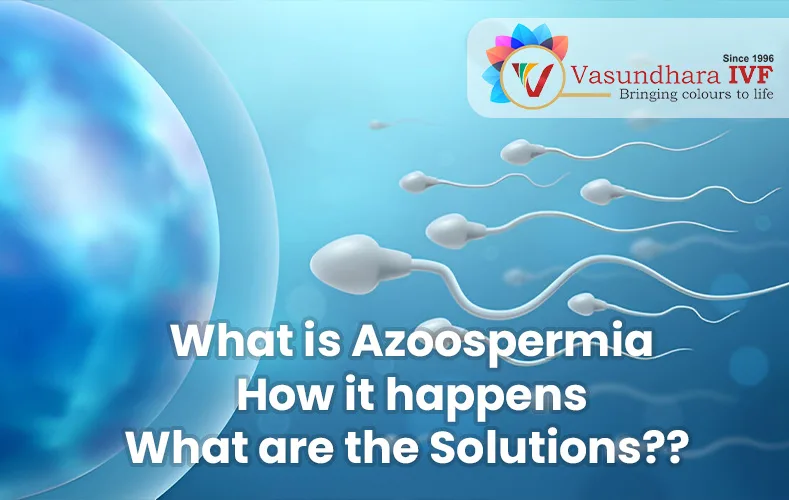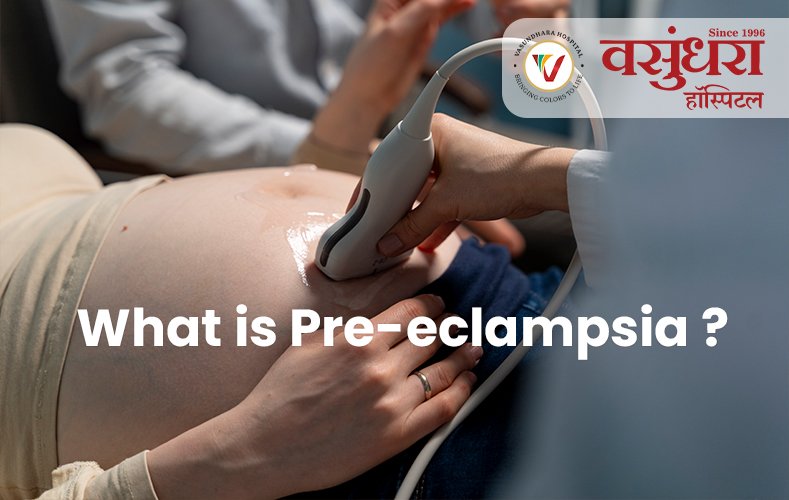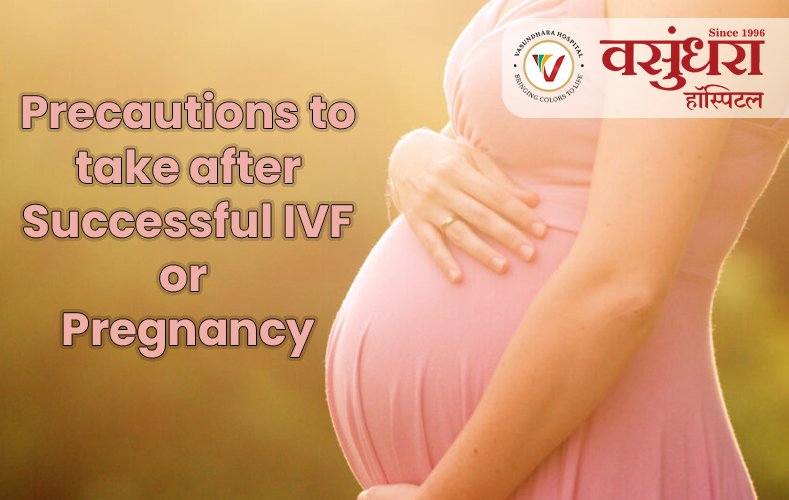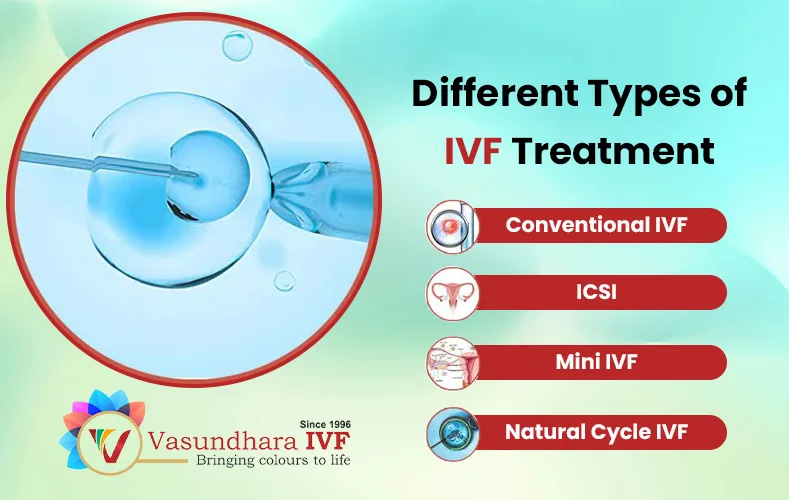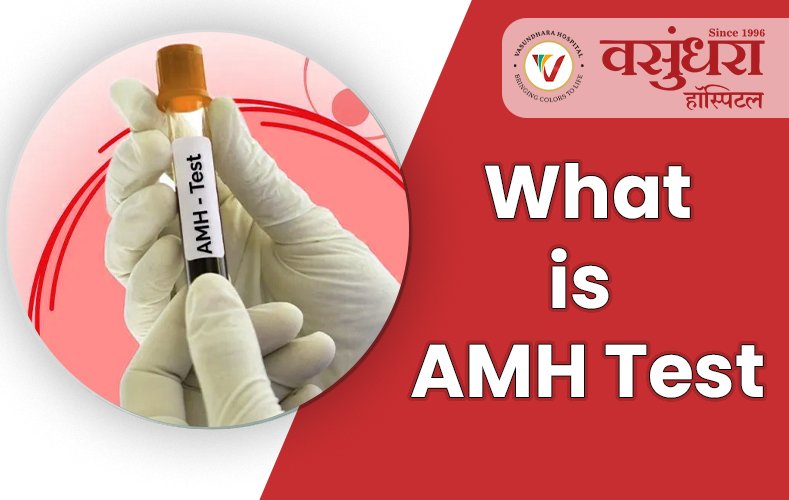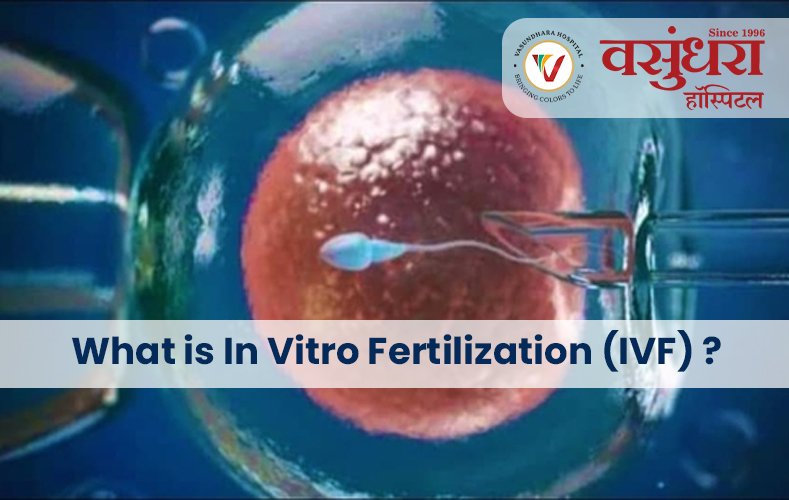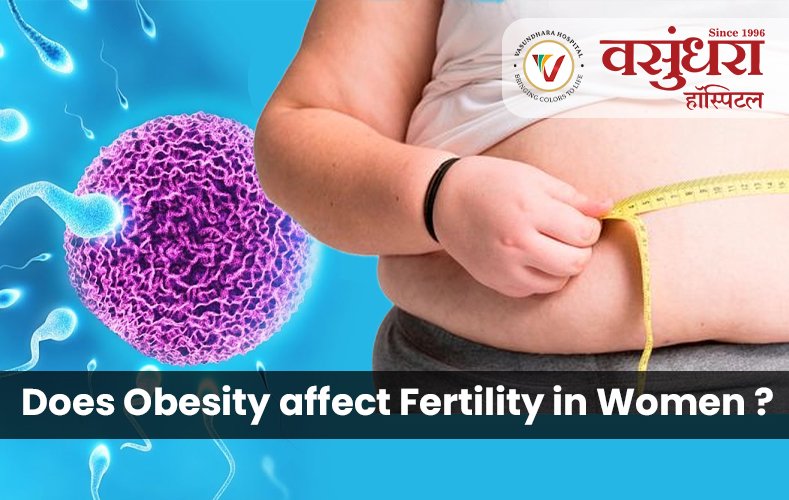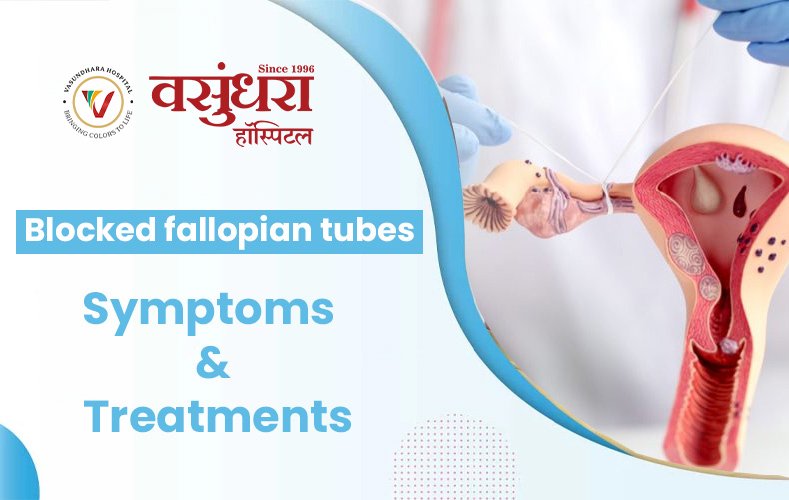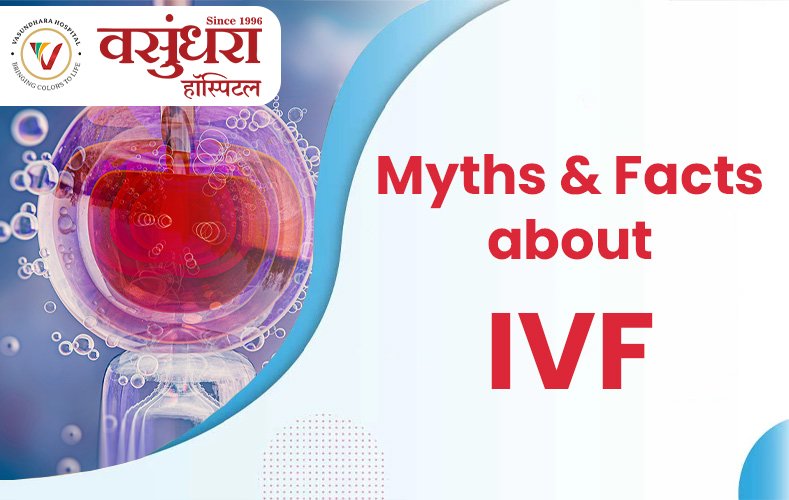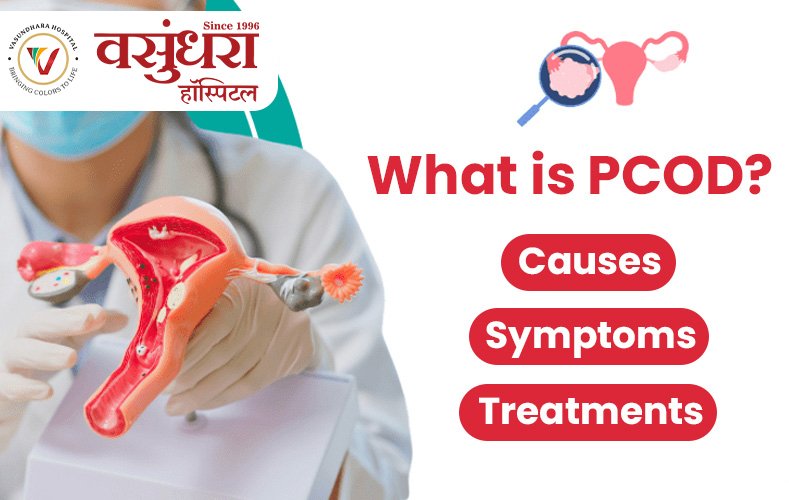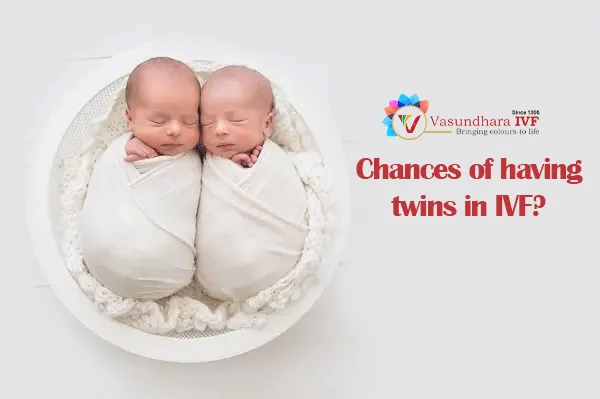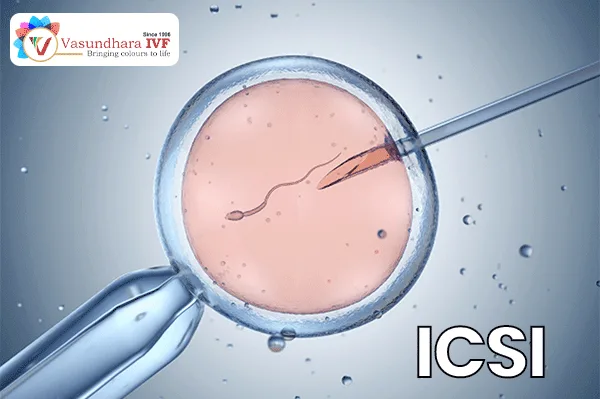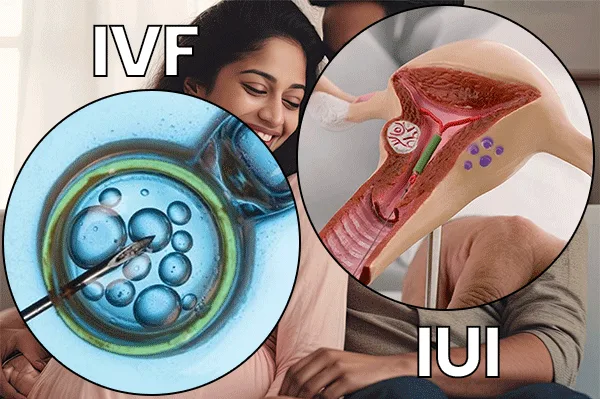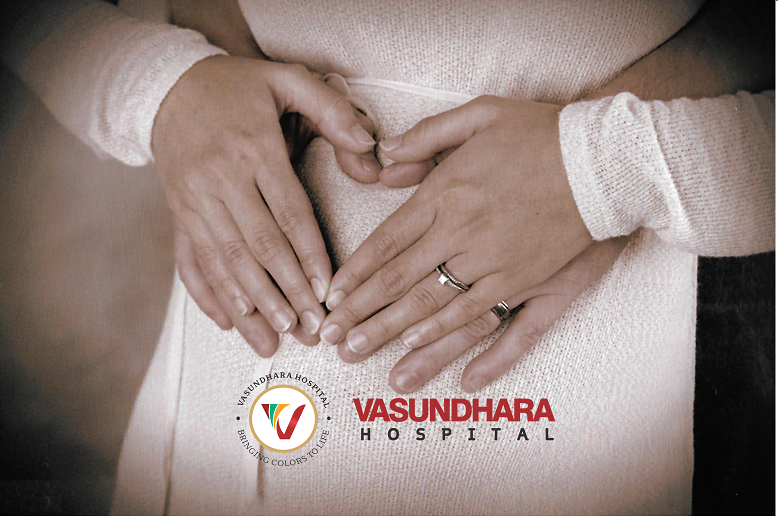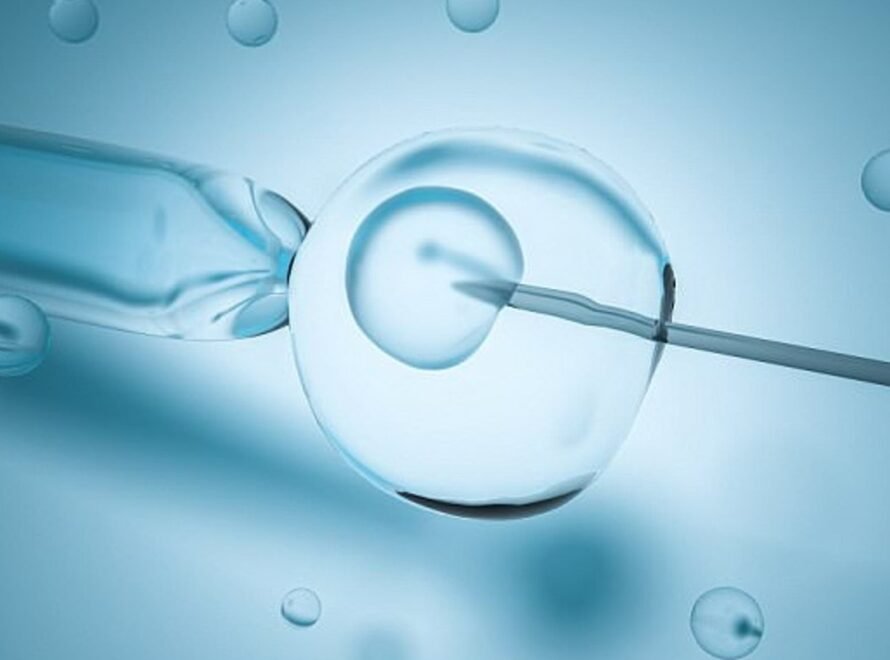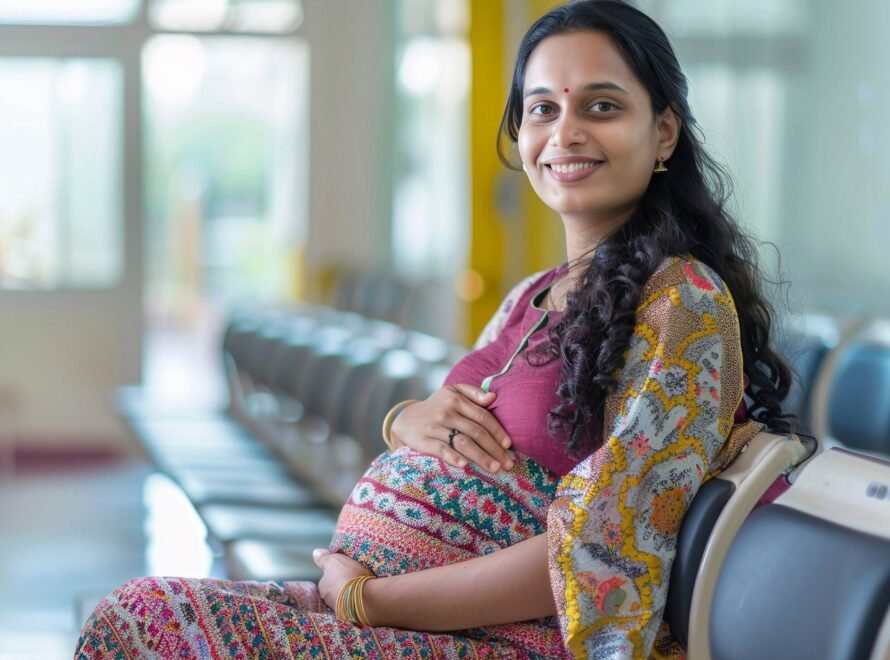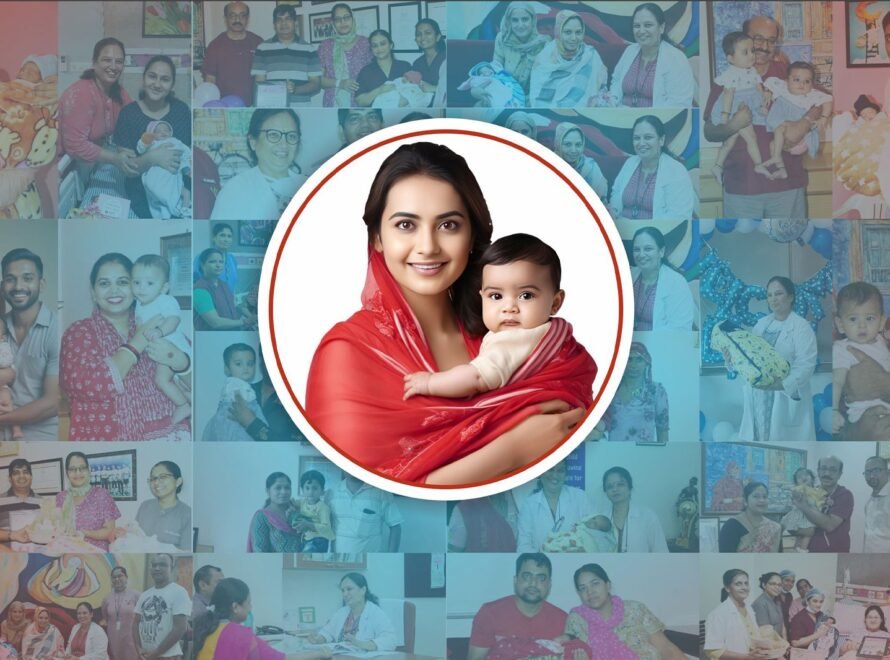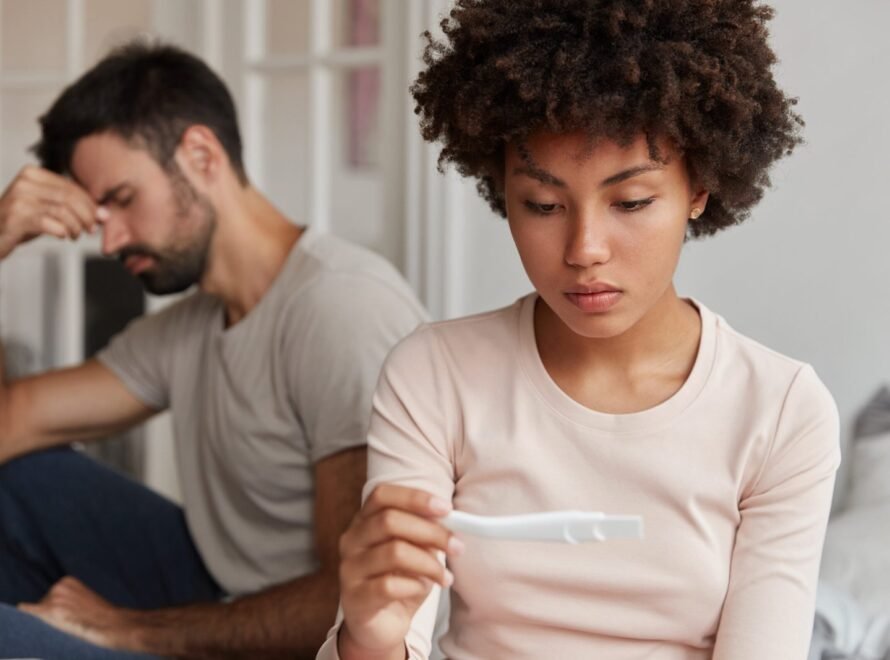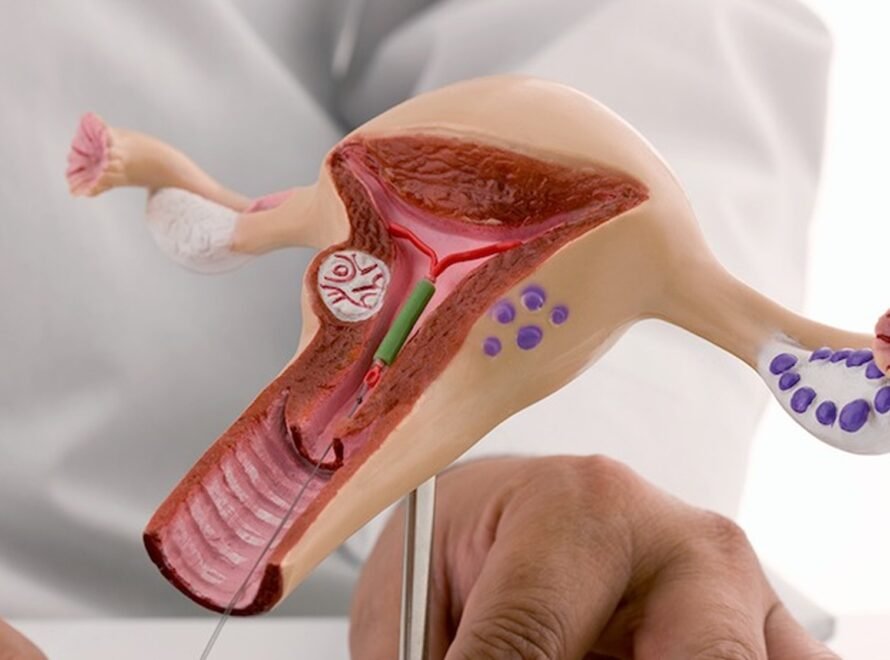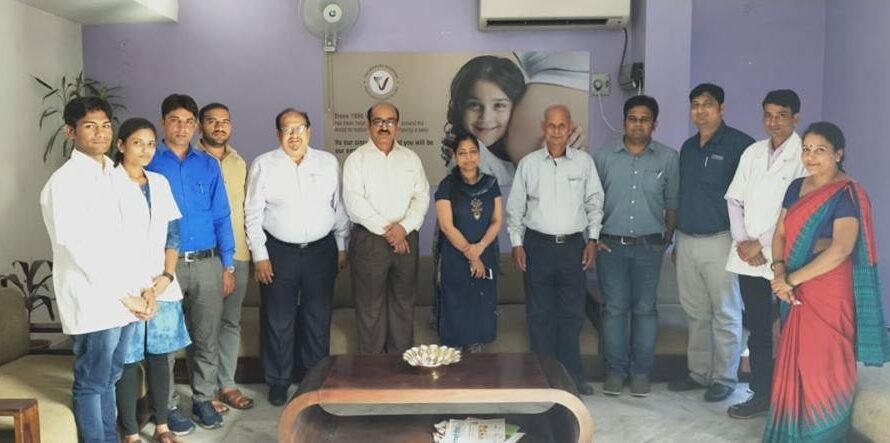{"cpt":"blog","style":"1","columns":"4","show":-1,"order":"DESC","orderby":"none"}
February 25. 2025
admin
February 25. 2025
admin
February 24. 2025
admin
February 23. 2025
admin
February 19. 2025
admin
Unexplained infertility is a frustrating condition, not just for the couples but also their doctors. A couple is labelled as having unexplained infertility when the basic work up of the couple does not reveal a clear reason as to why a couple is having difficulty in becoming pregnant. Not just that it is a dilemma for the patient that why they are not getting pregnant, also it poses a big challenge for the treating infertility specialist on how to proceed. Unfortunately, there is no single treatment option that provides an edge above the others.
Infertility is defined as the inability to conceive after a year of unprotected intercourse. Infertility affects about 10 -15% of women ages 15 to 44. For those desiring a baby, the inability to get pregnant can have devastating social, psychological and physical effects. The drive to seek treatment and going to any extent to achieve the same is understandable.
Management Strategy
The first logical step is a detailed evaluation of the couple. Infertility is caused by female factors in one thirds of the patients, male factors in another one thirds and combined male and female factors in remaining one thirds. The most common causes accounting for infertility in India are sperm abnormalities (low sperm counts and motility/ speed or no sperms at all) leading to male factor infertility, and in women, a hormone condition called polycystic ovarian disease or PCOD. Other important causes are blocked fallopian tubes which may be due to past infections, tuberculosis, endometriosis, surgeries etc. In 10-15 % of all infertile couples, there is no cause found for infertility on routine investigations, such cases are called “unexplained infertility.”
Many couple with “unexplained infertility” will get pregnant with watchful expectancy which means without ivf treatment but trying naturally. It is still not advisable to wait naturally beyond 2 years of trying as the chances of conceiving without medical aid start decreasing thereafter. Once a decision to start treatment is taken, the first step in young couples could be to try using medicines for ovulation induction to push the ovaries to produce more than more one egg (multifollicular response) to increase the chances of sperms fertilising the egg. For some couple, doctor may advise intrauterine insemination or IUI. This has a proven role in couple with “unexplained infertility”. This therapy is simpler and much less expensive and cost effective than in vitro fertilization (IVF). Although a couple may have to go for repeated cycles of IUI to enhance the probability of conceiving. In IUI, sperms are centrifuged and through special semen preparation techniques, the best sperms are selected, loaded in a fine tube or catheter and gently deposited inside wife’s uterus at around 12-16th day of woman’s menstrual cycle as this is the time when the eggs mature and rupture inside a woman’s body. This cycle has to be carefully monitored with serial ultrasounds.
Sometimes your fertility doctor may also advise you to directly go for IVF (In Vitro Fertilization). Doctor has to take into account various factors like age of both the partners, ovarian reserve, tubal status, duration of infertility, previous response to treatment, semen profile etc. before making the final strategy. Another thing to remember is that the choice is only based on the chances to conceive. No treatment can ever guarantee us a pregnancy.
Although medical breakthroughs have helped improve and optimise treatment results, it is equally important to minimise multiple pregnancies and complications arising out of the treatment. Proper counselling about success rates and possible complications before starting with the treatment is very important. The desired and heartfelt goal of infertile couples and their doctors isn’t just achieving a pregnancy, but a pregnancy with a good outcome—a healthy mother and a healthy baby
April 26. 2019
admin
The incidence of infertility is much more than most people realize. An estimated 10 percent to 15 percent of couples trying to conceive will have difficulty doing so.
What is infertility and when to see your doctor?
Infertility is the inability to conceive after:
- 1 year of unprotected intercourse when the woman is 35 years old or younger.
- For women over 35, this timeframe is 6 months
- For women close to 40, the timeframe is 3 months.
Once you have crossed this timeframe, it is better seek to advise from an infertility specialist.
The exception to this is if a woman has any of the following:
- Irregular periods (or none at all), or extremely painful periods.
- Two or more miscarriages.
- Previous ectopic pregnancy.
- A history of pelvic surgery.
- A diagnosis of endometriosis or other another complex ovarian cyst/ tumor.
- A history of systemic illness or previous history of tuberculosis (PID)
In any of these conditions, you should seek a consultation from a fertility specialist right away.
Once a couple decides to seek professional advice or help, it is prudent to see a gynecologists who specializes in fertility management and hormone disorders. Also, it is a wise idea to see a fertility specialist before actually planning a pregnancy for what is called as ‘PRECONCEPTIONAL COUNSELLING AND MANAGEMENT’ Pre-conception advice/ management
History: Pre-existing medical problems:
- Stabilize medical conditions, if any, like thyroid disorders, hypertension, diabetes or prediabetes, epilepsy, etc. and ensure that medical control is optimal.
- Check that drugs needed are safe for use in pregnancy and do not affect sperm function.
Weight
- Check BMI The formula is BMI = kg/m2 where kg is a person’s weight in kilograms and m2 is their height in meters squared.
- Advise on weight gain or loss where BMI is <18.9 or >24.9 respectively.
Folic Acid
- Women who are trying to conceive should take folic acid supplements (400 mcg) daily to reduce the risk of neural tube defects. Women with a history of neural tube defect or epilepsy should take 5 mg daily.
Diet
- Dietary modification is good for weight management as well as detoxification.
Recreational Drugs
- Advise both partners to stop using recreational drugs.
Caffeinated Drinks
- Caffeine intake more than two cups of coffee daily should be avoided.
Smoking
- Advise both partners to stop smoking
Virology Screening
- Screen for rubella immunity and offer immunization to those not immune. to those not immune.
Prenatal Diagnosis
- Tell older women about options for prenatal diagnosis and the need for early referral for IVF in Jaipur
Blood Tests
- Before trying to get pregnant, your fertility doctor may ask you to get few blood tests done like thyroid and diabetes screening, tests for ovarian reserve(capacity of woman’s body to produce eggs) and manage accordingly.
Timing of Intercourse
- Check couple's understanding of ovulatory cycle and relate most fertile days to the length of woman's cycle
- Advise that intercourse occurs regularly. Two to three times a week should cover the most fertile time.
Blood Tests
- Few blood tests including thyroid screening, diabetes/ prediabetes
- screening, checking ovarian reserve(the ability of the body to produce eggs) are also required in some cases.
April 26. 2019
admin
A couple trying or planning for a pregnancy should consider seeing a doctor for a “preconception management” to review what you can do to optimize your chances of a successful pregnancy. For example, certain medications and habits like alcohol, smoking, tobacco intake are harmful to the developing fetus and should be stopped well before planning a pregnancy. Certain conditions like Thyroid problems, Diabetes, Hypertension should be well controlled before attempting to conceive. Also, few supplements like folic acid and antioxidants, if started for both the partners, can help achieve the goal of a faster conception and healthy pregnancy.
The recommendations mentioned below are aimed at preventing and reversing ovulatory infertility, which accounts for one-third of all cases of female infertility. These hold equally good for the male partner. These are meant for improving natural fertility in the form of better ovulation and correction of mild sperm abnormalities. However detailed evaluation and targeted steps are always advisable as problems like tubal factor infertility, uterine factors, severe ovulatory and sperm dysfunctions would need medical assistance. But one thing is for sure that a healthy lifestyle will never go wasted. It can not ensure a pregnancy but can definitely help improving results in most of the cases. Also, it's virtually free, available to everyone, can be done at home, has no side effects, sets the stage for a healthy pregnancy and a healthy baby, and forms the foundation of a healthy lifestyle not just for motherhood but for. That's just like a win-win situation either ways
DO’S AND DON’TS
Avoid trans fats. These fats commonly found in junk foods like chips, cookies decrease chances of conceiving as well as have a negative impact on the heart and blood vessels. Say NO to TRANS FATS.
More fiber, fewer carbohydrates: Choosing foods that are rich in fiber, like whole grains, raw salads, leafy vegetables, whole fruits, and beans, instead of rapidly digested simple sugars can improve fertility by controlling blood sugar and insulin levels.
Drink lots of water: Drink plenty of water, that is the mantra.
Start pre-conceptional vitamins/ folic acid (with doctor’s prescription). Taking extra folic acid (recommended 400 micrograms a day but available as 5 gms) before you get pregnant could actually help reduce the chances of early pregnancy losses.
Drinks to avoid: Caffeinated drinks like Coffee, tea, and alcohol are okay in moderation but excess consumption at any one point or for a long duration is not as good as these have a cumulative effect. Avoid sugared sodas, packaged juices, canned drinks with artificial flavors and concentrated sugars.
Use proteins from a vegetable source: A serving of vegetable proteins each day with beans, peas, soybeans, kidney beans, chana/ roasted chickpeas, tofu, nuts can improve fertility.
Make it whole milk: If you drink milk, choose whole milk while trying to get pregnant, or full-fat yogurt every day.
Regular exercise to stay active and fertile. Daily exercise can help improve fertility, not just for overweight and obese but also for lean thin men and women.
Iron-rich diet. Extra iron from plant sources, like whole-grain cereals, spinach, beans, tomatoes, and beetroot, help boost natural fertility.
Weigh healthy. Weighing too much or too less can cause hormonal disturbances and disrupt normal menstrual pattern by impairing ovulation. The best range for fertility is a body-mass index (BMI) of 19 to 24.9. Try to achieve the targeted BMI rather than a target weight. Reducing 5-10 % of body weight over 6 months can actually help almost 50% women regain ovulation regularly. Also, obese women have a higher risk of complications.
April 25. 2019
admin
In Vitro Fertilization(IVF) is an assisted reproductive technique (ART) also referred to as ‘testtube baby’ in common language. IVF is a process where eggs are developed inside a female’s body by use of certain hormone injections followed by extraction of eggs outside the body. The extracted eggs are then made to fertilise with husband’s sperms through conventional IVF or through Intra Cytoplasmic Sperm Injection (ICSI). The embryos thus formed are cultured carefully in an IVF lab and incubated. After two or three days, the embryos formed are assessed. The best embryo(s) are transferred inside women’s uterus(womb).
Who should undergo IVF?
IVF can be used for couples with infertility in the following cases:
- Blocked orfunctionally damaged fallopian tubes or women with previous ectopic pregnancies resulting in removal of tubes.
- Women with advanced age (Age >37 years or with low AMH)
- Male factor infertility including decreased sperm count or sperm motility, abnormal morphology.
- Individuals with a genetic disorders
- Unexplained infertility, when other treatments like Intra Uterine Insemination (IUI) have already failed.
There are five basic steps in the IVF and embryo transfer process:
Step 1: Controlled ovarian stimulation: certain injections are prescribed to stimulate egg production. Fertility doctors try to produce multiple eggs so that even if a few eggs are not fertilised, still there are adequate embryos that multiple embryo transfer attempts can be made. A transvaginal ultrasound(TVS) is done on second or third day of periods and after confirming that ovaries are silent, dose of injections is decided according to expected number of eggs that can be obtained. Follicular monitoring is done after four days to check for the response. The dose of injections is modified accordingly and the monitoring is done every 2/3 days.
Step 2: Oocyte retrieval/ Oocyte pick up (OPU): Eggs are retrieved under short general anaesthesia (GA) through a minor surgical procedure that uses ultrasound imaging to guide a hollow needle through the vagina to remove the eggs. This procedure does not involve any cuts or stiches. It takes around 15-20 minutes in experienced hands.
Step 3: Collection of semen sample: The male is asked to produce a sample of sperm through masturbation in a private room. These sperms are then processed by washing in specific culture media and rotating in a centrifuge. The best sperms thus obtained can then be used for inseminating the eggs.
Step 4: Insemination: The sperm and eggs are mixed together in a culture dish and placed carefully in an incubator. Next day these eggs are checked for fertilisation. In some casesintracytoplasmic sperm injection (ICSI) is done where each oocyte is injected with one sperm under microscope. Once fertilisation happens, the eggs are labelled as embryos. These embryos are further cultured till third day.
Step 5: Embryo transfer: The embryos are transferred into the woman’s uterus three to five days following egg retrieval. The embryos are carefully placed inside woman’s uterus under ultrasound guidance. This procedure does not require anaesthesia in most of the cases.
Step 6: Luteal Phase Support: The woman is then given a set of medicines (oral, vaginal or injectables) to support the pregnancy by supporting the lining of uterus or endometrium. She has to take medicines for two weeks.
Step 7: Beta HCG blood testing: To know whether pregnancy has happened or not.
Success rates of in vitro fertilization (IVF)?
The success rate of IVF depends on a number of factors including maternal age, the cause of infertility, quality of eggs and sperms and lifestyle factors. It is also important to understand that pregnancy rates are not the same as live birth rates. Once the blood test is positive, it is labelled as chemical pregnancy. Once the pregnancy is detected on an ultrasound scan, it is labelled as clinical pregnancy. Once a lady gives birth to a healthy baby, it is labelled as a live birth. So, whenever we talk about success rates, we should understand that it is the live birth rate that is actually important
In most of the advanced countries like USA and parts of Europe, the live birth rate for each IVF cycle started is approximately:
- 40-45%for women under age 35
- 32-36%for women ages 35 to 37
- 22-28%for women ages 38 to 40
- 15-18%for women ages over 40
In India also, IVF technology has advanced a lot and good IVF centres have reached similar success rates. But the irony in India is that there is no database and each centre is quoting their own success rates which are falsely high just for the purpose of trapping or attracting more and more patients. Some centres even give a ‘money back guarantee’. This practice has to be discouraged. Also, to know about the real success rates, one must go by genuine articles and sites, and not by individual blogs or advertisements. Vasundhara hospital and fertility research centre is one of the most advanced fertility and IVF centre in Jaipur and offers counselling about individualised success rates to the couple depending on a lot of factors like age, medical reports and previous history of treatment.
Use of donor eggs or sperms
It is important to note that the use of donor eggs or sperms is restricted for special cases where the wife is not able to produce her own eggs due to advanced age or poor ovarian reserve or where the husband has very poor quality or nil sperms and can not be retrieved or used for the purpose of IVF. The embryo thus formed is thus not genetically related to one of the parents but the embryo harbours inside the uterus of the lady and hence biological connection is established. As a policy, our hospital discourages the practice of using donor gametes (eggs or sperms) for not so clear reasons. Encouraging self eggs or sperms should be the aim of every IVF done. Also, it is important to know that success rates might be better with the use of donor gametes.
How many IVF cycles can be done for a couple?
There is no fixed number of IVF cycle that should not be exceeded. But as the procedure is both financially and physically draining, we should make our best efforts to optimise each and every cycle.
June 18. 2015
admin


